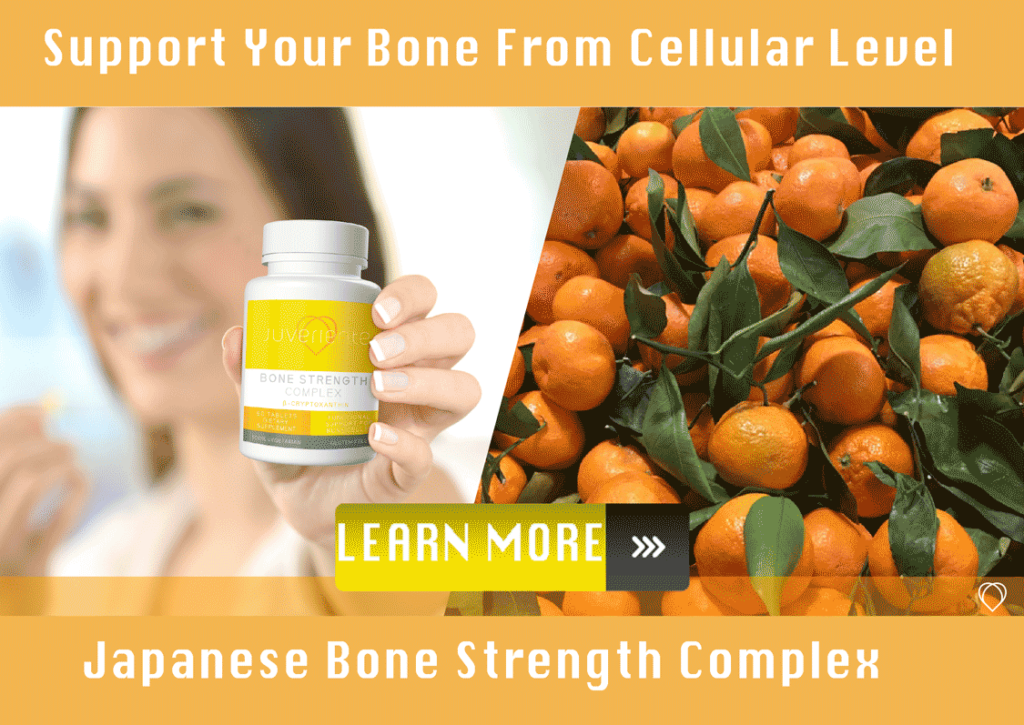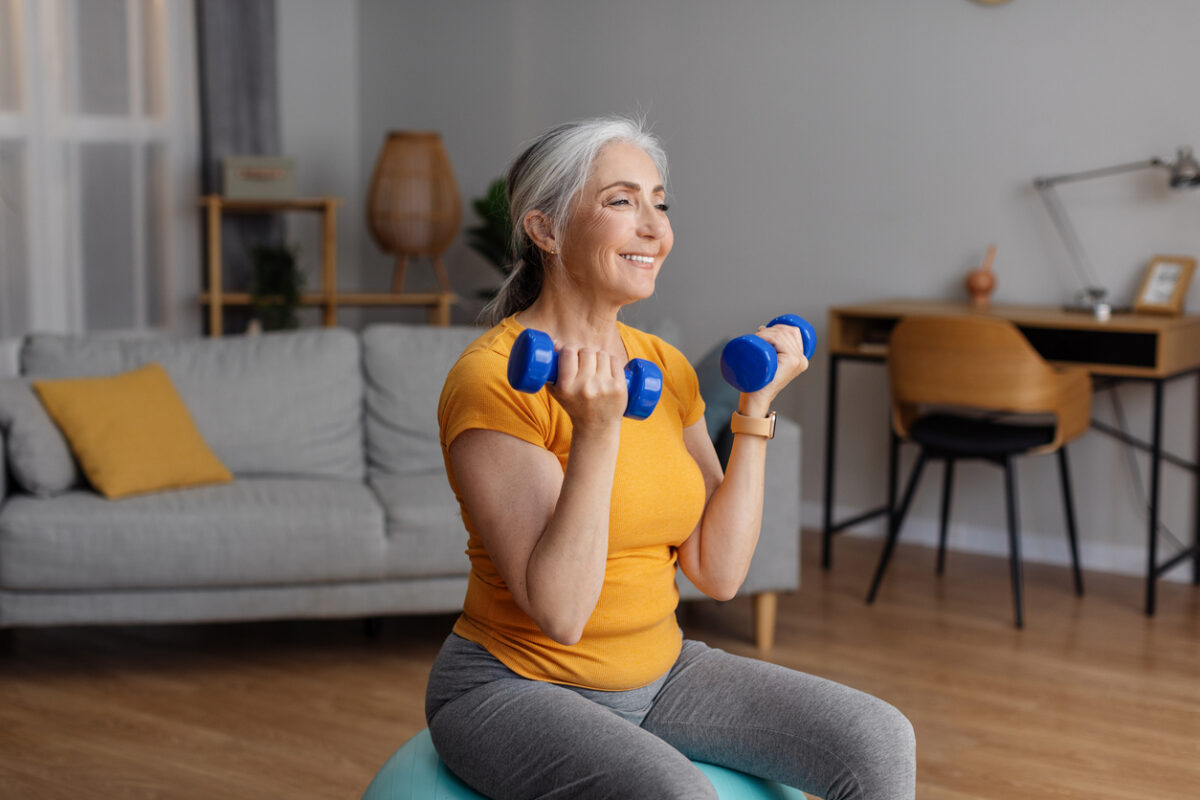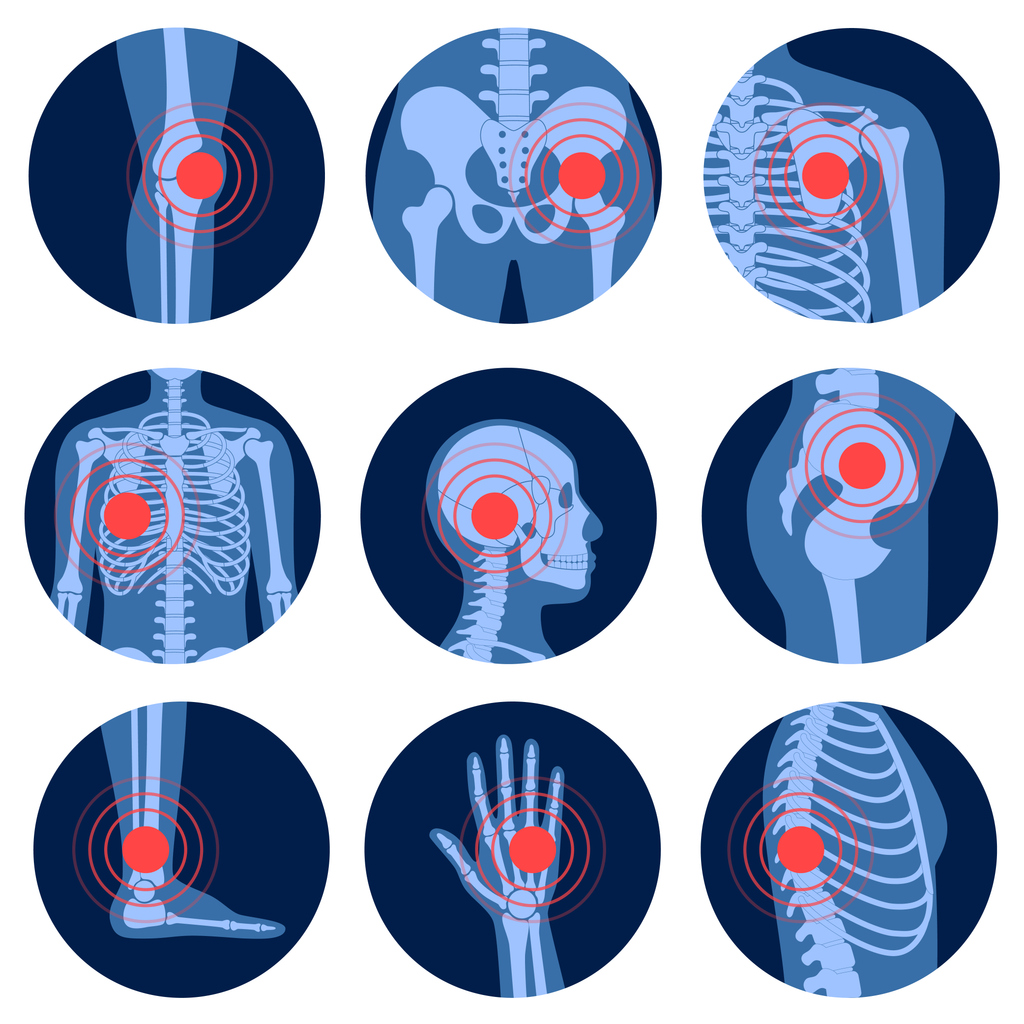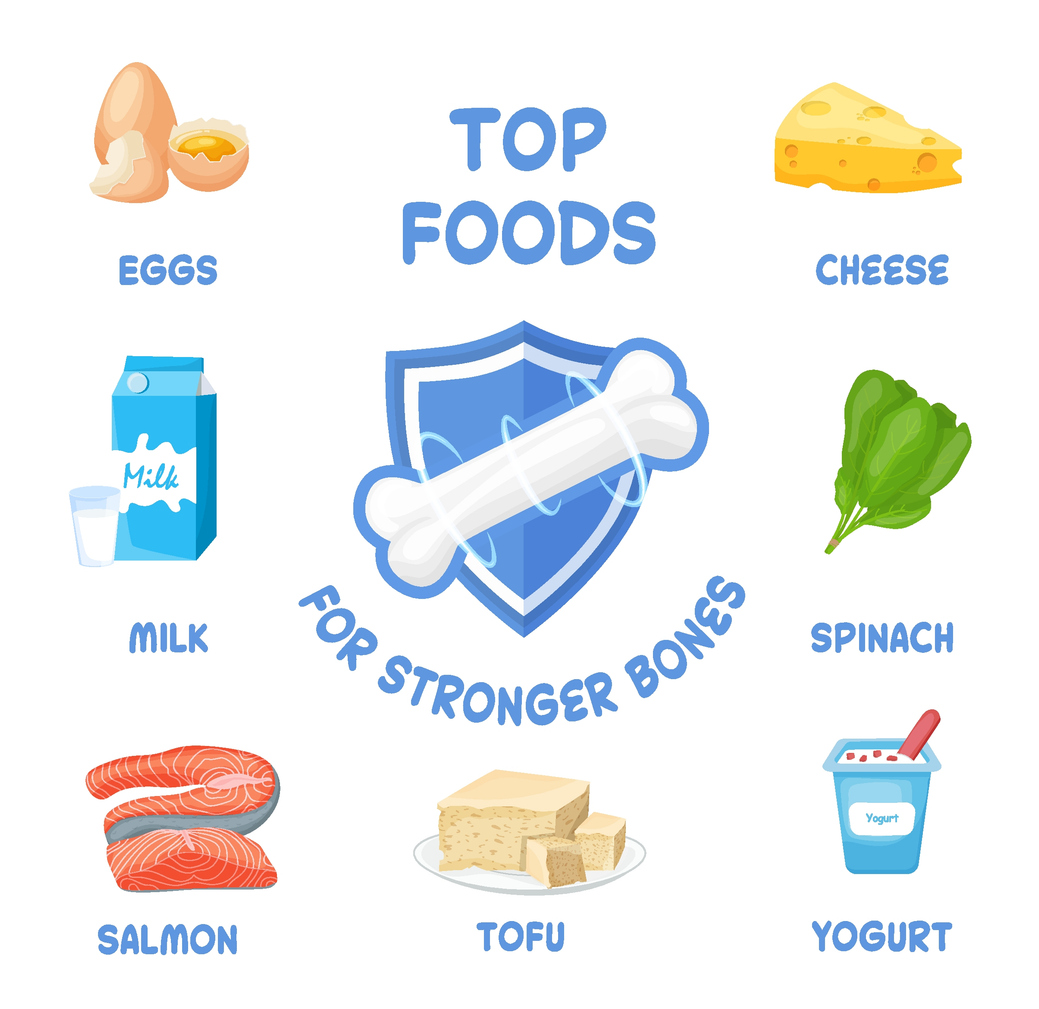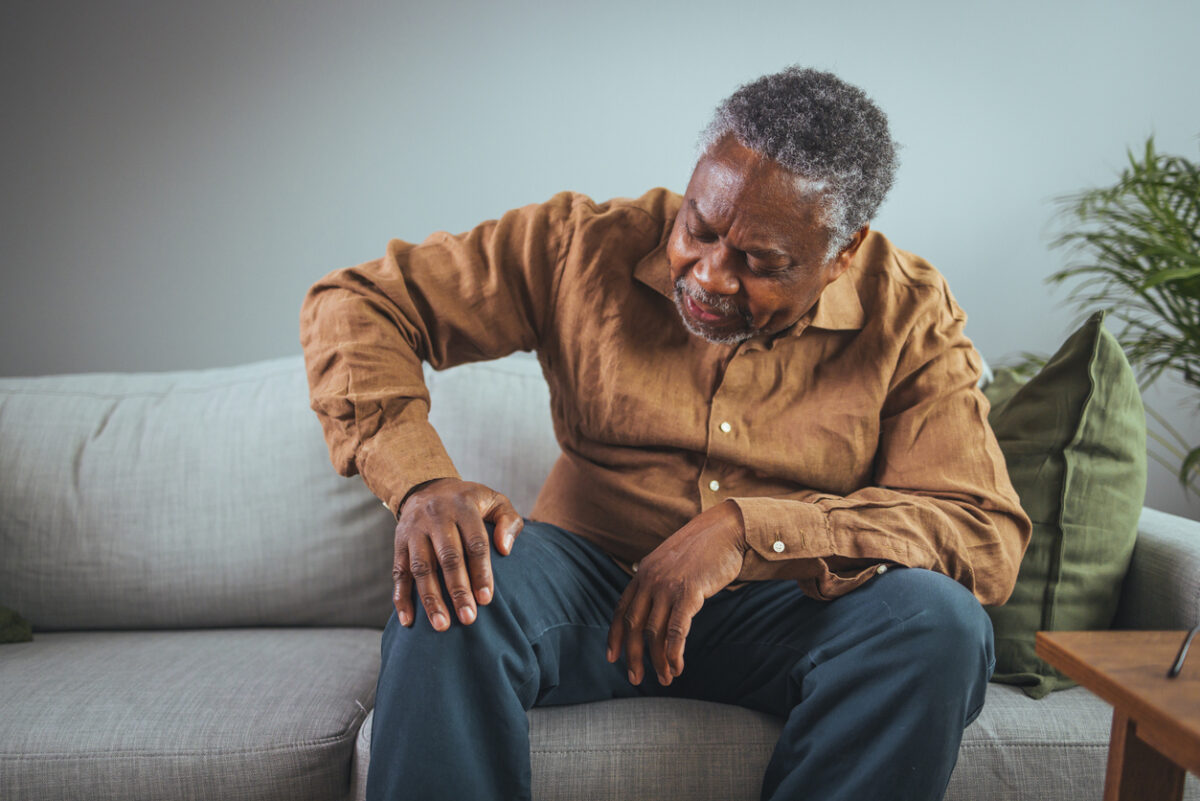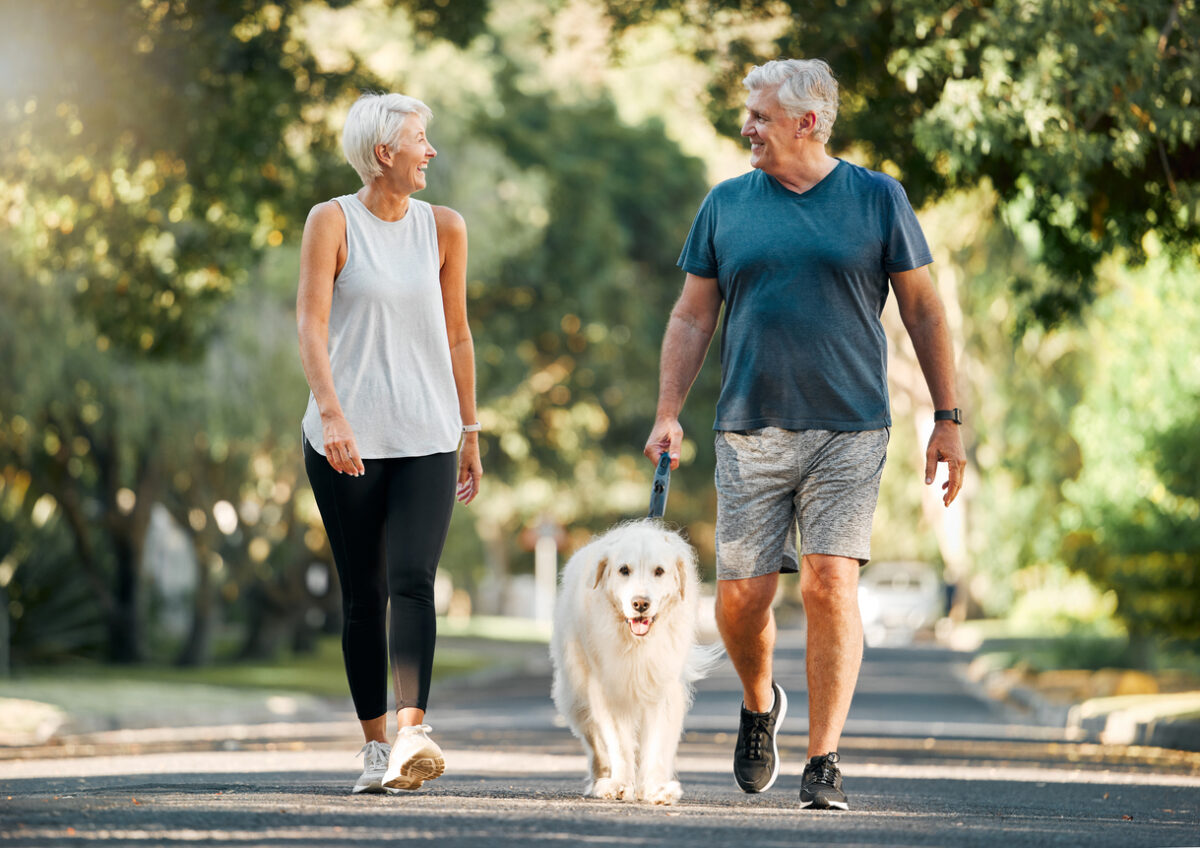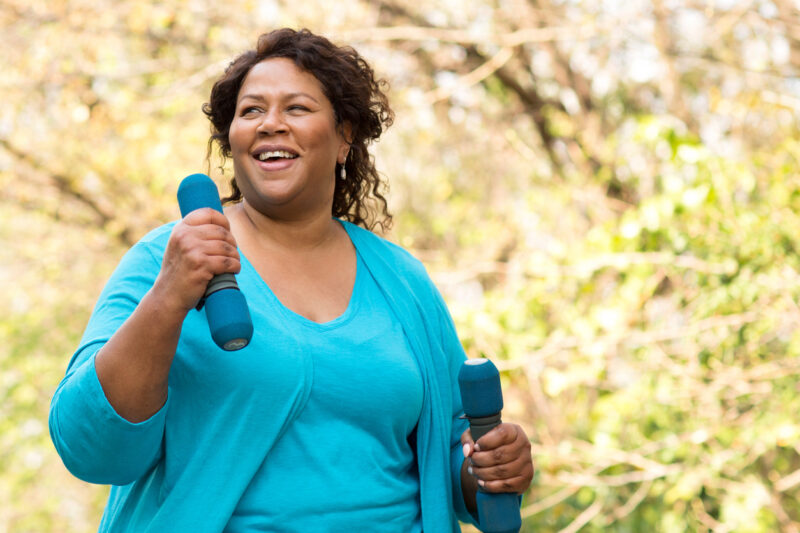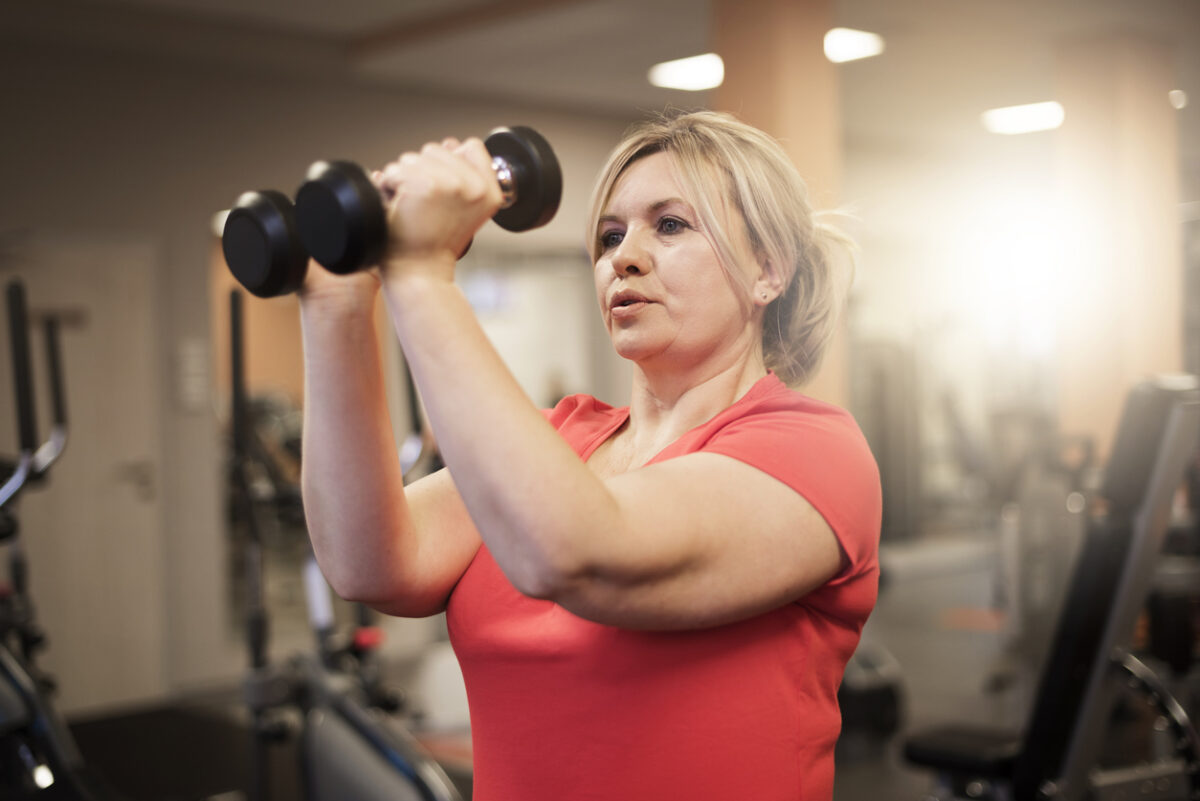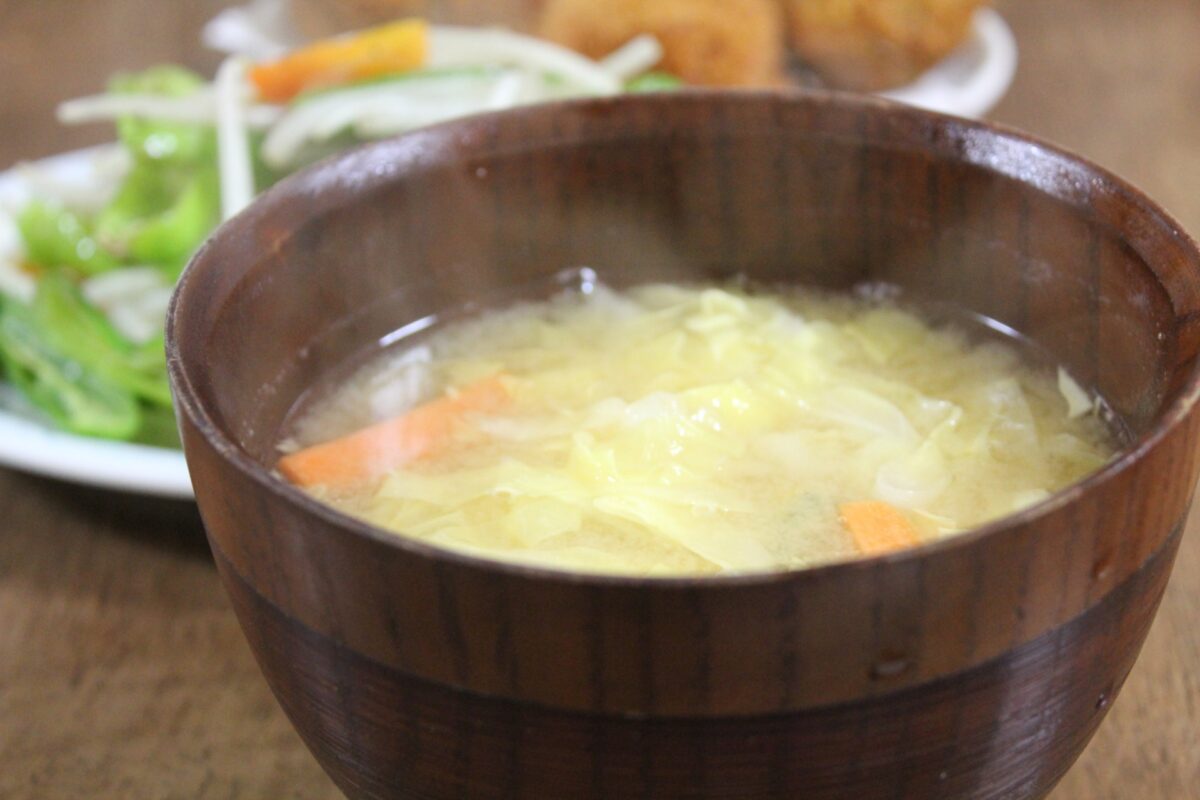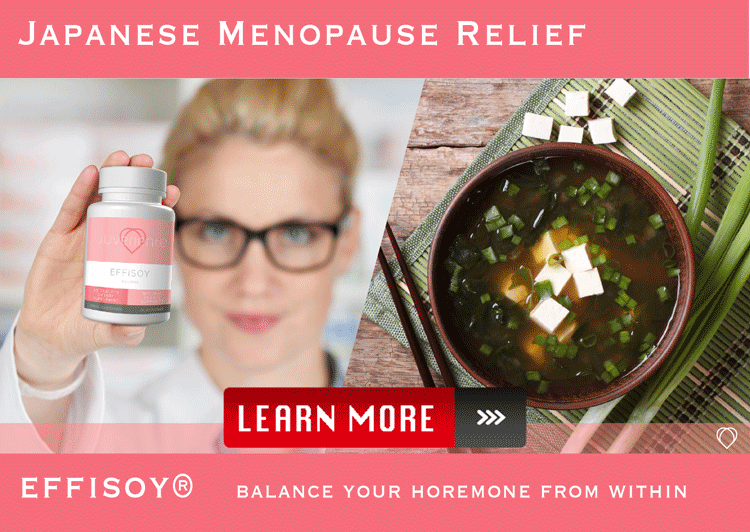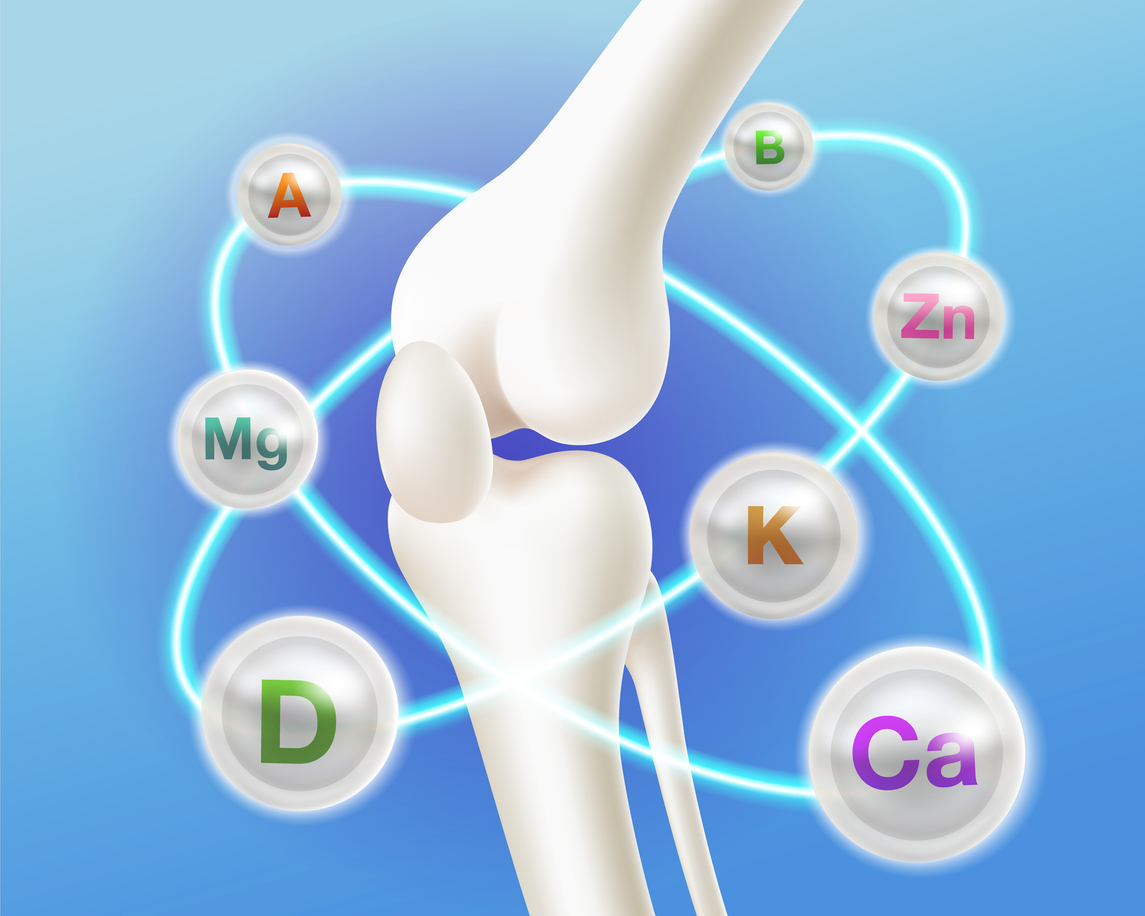Why Minerals Are Crucial for Strong Bones
Minerals play a fundamental role in maintaining and enhancing bone health. Bones are living tissues that constantly undergo remodeling, requiring a steady supply of essential minerals to remain strong and resilient. Understanding what minerals play a role in bone health is critical for preventing bone-related conditions and promoting overall skeletal well-being.
The Importance of a Balanced Mineral Intake
A balanced intake of various minerals is essential for the structural integrity of bones. These minerals work together to support bone density, strength, and flexibility. A deficiency in any of these key minerals can lead to weakened bones, making them more susceptible to fractures and diseases such as osteoporosis.
How Minerals Support Bone Remodeling
Bone remodeling is a continuous process where old bone tissue is replaced by new tissue. Minerals are crucial in this process, as they contribute to the formation of the bone matrix and the maintenance of bone mass. Adequate mineral intake ensures that bones remain strong and capable of withstanding daily stress.
This introduction provides a broad overview of the importance of minerals in bone health, setting the stage for a more detailed exploration of specific minerals in subsequent sections.
Calcium: The Foundation of Bone Health
Calcium is often referred to as the cornerstone of bone health, and for good reason. It is the most abundant mineral in the body, with about 99% stored in the bones and teeth. Understanding what minerals play a role in bone health begins with recognizing the critical importance of calcium in maintaining bone strength and structure.
How Calcium Supports Bone Structure
Calcium is essential for the formation and maintenance of the bone matrix, which provides bones with their rigidity and strength. Throughout life, bones undergo a constant process of remodeling, where old bone tissue is replaced with new tissue. Adequate calcium intake ensures that this process runs smoothly, helping to prevent bone density loss, which can lead to conditions like osteoporosis.
Daily Calcium Requirements
To maintain optimal bone health, it’s crucial to meet daily calcium requirements. The recommended daily intake varies by age and gender, but adults typically need about 1,000 to 1,200 milligrams per day. This can be achieved through a combination of dietary sources like dairy products, leafy greens, and fortified foods, as well as supplements if necessary.
This section emphasizes calcium’s foundational role in bone health, setting the stage for a deeper exploration of how other minerals contribute to bone strength in the following sections.
Magnesium’s Role in Supporting Bone Density
Magnesium is a vital mineral that plays a crucial role in supporting bone density and overall bone health. While calcium often takes the spotlight, understanding what minerals play a role in bone health is incomplete without recognizing the importance of magnesium.
How Magnesium Enhances Calcium Absorption
Magnesium is essential for the proper absorption and metabolism of calcium. It helps convert vitamin D into its active form, which then aids in calcium absorption. Without sufficient magnesium, calcium may not be properly absorbed, leading to weakened bones and increased risk of fractures.
The Impact of Magnesium on Bone Density
Magnesium directly influences bone density by contributing to the structural development of bones. It is involved in the formation of bone crystals that provide strength and stability to the skeletal system. Studies have shown that individuals with higher magnesium intake tend to have better bone density, reducing the risk of osteoporosis and related conditions.
Sources of Magnesium for Bone Health
To ensure adequate magnesium intake, include foods such as nuts, seeds, whole grains, and leafy green vegetables in your diet. These foods provide a natural source of magnesium that supports not only bone health but also overall well-being.
This section highlights magnesium’s crucial role in maintaining bone density, complementing the discussion on calcium and setting the stage for exploring other important minerals in bone health.
Phosphorus: A Key Player in Bone Structure
Phosphorus is another essential mineral that plays a crucial role in maintaining strong and healthy bones. When discussing what minerals play a role in bone health, phosphorus is often mentioned alongside calcium due to its integral role in forming and maintaining bone structure.
The Role of Phosphorus in Bone Mineralization
Phosphorus works closely with calcium to form hydroxyapatite, the mineral complex that gives bones their hardness and strength. About 85% of the body’s phosphorus is found in bones and teeth, making it a vital component of the skeletal system. Without adequate phosphorus, bones can become weak and brittle, leading to a higher risk of fractures and other bone-related issues.
Balancing Phosphorus and Calcium Intake
Maintaining a proper balance between phosphorus and calcium is essential for optimal bone health. An imbalance, particularly an excess of phosphorus, can lead to calcium being leached from bones, weakening them over time. It’s important to consume foods that provide both minerals in appropriate amounts, such as dairy products, fish, meat, and certain whole grains.
Sources of Phosphorus for Bone Health
Phosphorus is found in a variety of foods, making it relatively easy to meet daily requirements. Good sources include dairy products, meat, fish, poultry, eggs, nuts, and legumes. Ensuring that your diet includes these phosphorus-rich foods can help maintain strong bones and support overall skeletal health.
This section emphasizes phosphorus’s critical role in bone structure and the importance of maintaining a balance between phosphorus and calcium for optimal bone health.
The Importance of Vitamin D in Mineral Absorption
Vitamin D plays a critical role in the absorption of key minerals necessary for bone health. Understanding what minerals play a role in bone health includes recognizing how Vitamin D facilitates the body’s ability to effectively utilize calcium and phosphorus, the two primary minerals that contribute to bone strength and density.
How Vitamin D Enhances Calcium Absorption
Vitamin D is essential for the body’s ability to absorb calcium from the digestive tract. Without adequate Vitamin D, even a calcium-rich diet may not fully benefit bone health. Vitamin D converts to its active form in the body, which then increases calcium absorption in the intestines. This process ensures that calcium is available for bone formation and maintenance, helping to prevent bone-related diseases like osteoporosis.
Vitamin D’s Role in Phosphorus Metabolism
In addition to its role in calcium absorption, Vitamin D also plays a significant part in regulating phosphorus levels in the blood. Phosphorus, in combination with calcium, helps form and strengthen bones. Vitamin D ensures that phosphorus is absorbed and utilized effectively, contributing to the overall mineralization and strength of bones.
Sources of Vitamin D
To maintain adequate Vitamin D levels, it is important to get regular exposure to sunlight, which naturally stimulates Vitamin D production in the skin. Additionally, foods such as fatty fish, fortified dairy products, and egg yolks can provide dietary sources of Vitamin D. In some cases, supplements may be necessary to ensure sufficient levels, especially in regions with limited sunlight.
This section highlights the crucial role of Vitamin D in the absorption of calcium and phosphorus, underscoring its importance in maintaining strong bones.
How Potassium Contributes to Bone Strength
Potassium is a vital mineral that plays an essential role in maintaining bone health. While often associated with heart and muscle function, potassium is also a key player when considering what minerals play a role in bone health. It helps preserve bone density and supports overall skeletal strength.
Potassium’s Role in Reducing Calcium Loss
One of the primary ways potassium contributes to bone strength is by reducing the amount of calcium lost through urine. Diets high in sodium can lead to increased calcium excretion, weakening bones over time. Potassium helps counteract this effect by neutralizing acids in the body that would otherwise leach calcium from the bones. This preservation of calcium is crucial for maintaining bone density and preventing conditions like osteoporosis.
Potassium-Rich Foods for Bone Health
To ensure adequate potassium intake, it’s important to include potassium-rich foods in your diet. Foods such as bananas, sweet potatoes, spinach, avocados, and beans are excellent sources of potassium. Incorporating these foods regularly can help protect your bones and support long-term skeletal health.
The Synergy Between Potassium and Other Minerals
Potassium works in tandem with other minerals, particularly calcium and magnesium, to maintain bone strength. By supporting the balance of these minerals in the body, potassium plays an integral role in ensuring that bones remain strong and resilient throughout life.
This section emphasizes the importance of potassium in maintaining bone health, highlighting its role in preserving calcium and supporting overall bone strength.
Lesser-Known Minerals That Benefit Bone Health
While calcium, magnesium, and phosphorus are well-known for their roles in bone health, there are several lesser-known minerals that also contribute significantly. When considering what minerals play a role in bone health, it’s important not to overlook these essential, yet often underappreciated, nutrients.
The Role of Zinc in Bone Formation
Zinc is a trace mineral that plays a critical role in bone formation and repair. It helps stimulate bone-building cells and supports the production of collagen, a key component of bone tissue. Adequate zinc levels are necessary for maintaining bone density, particularly as we age. Foods like meat, shellfish, legumes, and seeds are good sources of zinc.
Copper’s Contribution to Bone Strength
Copper is another important mineral that supports bone health by aiding in the formation of collagen and the cross-linking of bone fibers, which provides structural integrity. Copper also works in conjunction with other minerals like zinc and calcium to promote healthy bone metabolism. Sources of copper include nuts, seeds, whole grains, and dark leafy greens.
Silicon and Boron: Supporting Bone Mineralization
Silicon helps in the synthesis of collagen, contributing to bone flexibility and strength. Boron aids in the metabolism of minerals such as calcium and magnesium, enhancing their effectiveness in maintaining bone density. Both minerals can be found in foods like fruits, vegetables, and whole grains.
This section highlights the importance of lesser-known minerals like zinc, copper, silicon, and boron, which are crucial for maintaining bone health and should be included in a well-rounded diet.
Balancing Mineral Intake for Optimal Bone Health
Maintaining optimal bone health requires more than just focusing on individual minerals; it’s about achieving the right balance among them. Understanding what minerals play a role in bone health and how they interact is crucial for developing a diet that supports strong, healthy bones throughout life.
The Importance of Mineral Balance
Minerals like calcium, magnesium, phosphorus, and potassium all work together to maintain bone density and strength. However, an imbalance in one mineral can negatively affect the others. For example, excessive calcium intake without adequate magnesium can lead to calcium deposits in the body and may impair bone strength. Similarly, too much phosphorus without enough calcium can cause calcium to be leached from bones, weakening them over time.
Strategies for Achieving Mineral Balance
To achieve the right balance, it’s essential to consume a varied diet that includes a wide range of mineral-rich foods. Incorporate dairy products, leafy greens, nuts, seeds, whole grains, and fish to ensure a comprehensive intake of all essential minerals. It’s also important to be mindful of dietary supplements and avoid over-supplementation, which can disrupt the natural balance of minerals in the body.
Monitoring and Adjusting Your Diet
Regularly assessing your diet and making adjustments as needed is key to maintaining mineral balance. Consulting with a healthcare provider or nutritionist can help you understand your specific mineral needs and how to meet them effectively. This balanced approach to mineral intake is essential for long-term bone health and overall well-being.
This section emphasizes the importance of balancing mineral intake to ensure optimal bone health, highlighting the need for a varied and well-considered diet.
The natural bone strength complex made from Satsuma mandarin orange
Juveriente®’s Bone Strength Complex is a natural supplement made from a traditional dietary habit of a healthy bone town in Japan. People there eat a lot of Satsuma mandarin orange and have high concentration of Beta-Cryptoxanthin, a kind of carotenoid. A cohort study there found that that concentration has high reverse correlation with onset ratio of osteoporosis.
It provides you the essence of a natural food, which is simply an extract of a Japanese popular citrus fruit. It is according to your principal policy. Needless to say, it is better to try a natural food before jumping to strong medicines. Though natural and gentle, it has garnered a lot of amazing reviews in Amazon since its launching in 2016.
This natural supplement contains most of the minerals discussed above. If you are to try multi-vitamin for your bone health, Juveriente® Bone Strength Complex will provide you most of the vital minerals as well as the Japanese bone health secret.
Please learn details in our product page.
